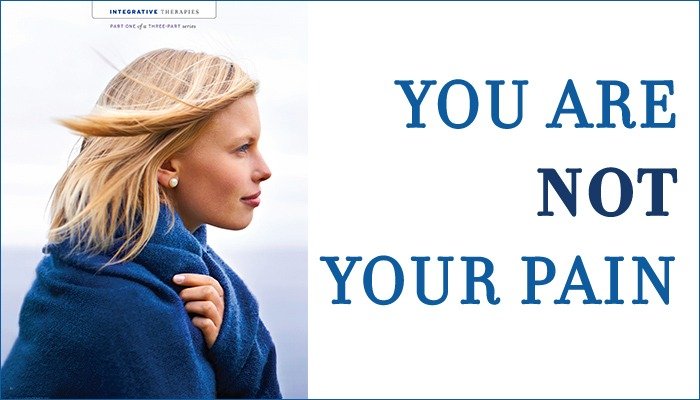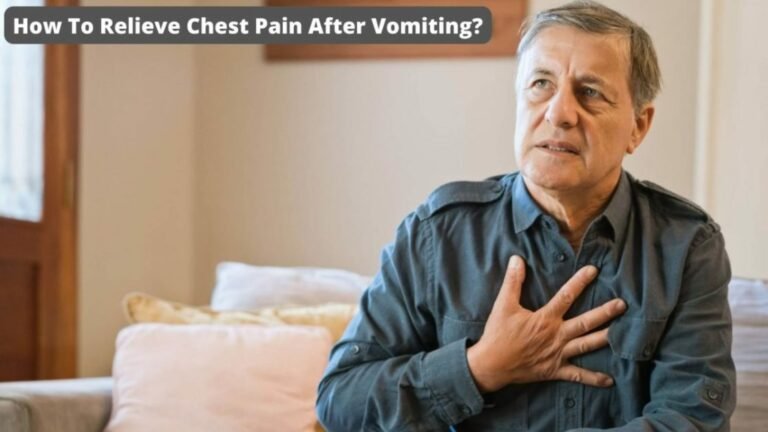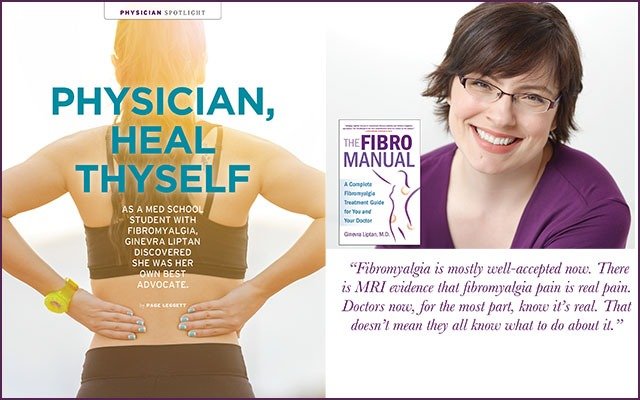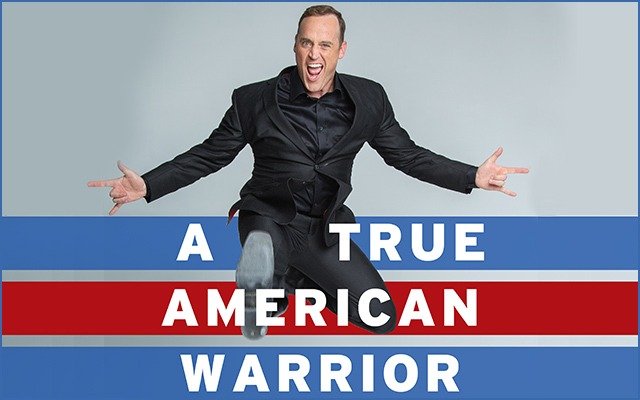You Are Not Your Pain – Authors

Vidyamala Burch
I had just turned twenty-three when I visited my parents’ home in Wellington, New Zealand, for the Christmas holidays. Early on the morning of New Year’s Day I was woken by the sound of a friend’s tapping at my window. He was driving to Auckland, where I lived, and offered me a lift. Still hung over from the previous night’s celebrations, I slipped out quietly, leaving a note for my family, and fell asleep in the passenger seat.
The next thing I remembered was being trapped inside a mangled car, Tim’s bloodied face beside me. He had fallen asleep at the wheel and we’d hit a telephone pole. My shoulder was hurting, my neck was hurting, my arm was hurting … and my back was hurting terribly. As well as the pain, I remember the sounds in the car. In the background, behind Tim’s wailing, was another noise: the sound of my own screaming.
When I reached the hospital, I was told that I had a crushed collarbone, whiplash, a concussion and other injuries. In time, these would prove to be the least of my worries, however, because I had also aggravated a serious spinal injury that I’d suffered six years previously and that had required two major operations. It would be another two years before X-rays revealed that the car accident had also fractured the middle of my spine. Whatever chance I might have had to live without chronic pain had been destroyed. Pain, sometimes intense, would become a central feature of my life for many years to come.
A few months after the accident, I returned to work as a film editor, but my whole spinal column was painful, and I found working a physical and emotional strain. After two years of daily struggle, I was exhausted and collapsed. The years of pushing and overriding my body had taken their toll. For months I didn’t have the strength to even get out of bed. To make matters worse, I ended up in an intensive-care ward with serious complications, including a paralyzed bladder. This was the scariest time of my life, and the whole experience forced me to stop and take stock of everything.
The most intense time came during one long night in the hospital. I felt impaled on the edge of madness, and it seemed that two voices were speaking within me. One was saying, I can’t bear this. I’ll go mad. There’s no way I can endure this until morning. The other replied, You have to bear it; you have no choice. They argued incessantly, like a vice growing tighter every second. Then suddenly, out of the chaos came something new. I felt a powerful clarity, and a third voice said, You don’t have to get through until morning. You only have to get through the present moment.
This realization transformed my experience. Tension opened into expansiveness as I understood the truth of what the third voice was saying. I knew, not intellectually, but in the marrow of my bones, that life can unfold only one moment at a time; I saw that the present moment was manageable, and I felt the confidence this knowledge brought. Fear drained out of me, and I relaxed.
The next day the hospital chaplain—a man of deep kindness—visited me. He sat by my bed, held my hand, and guided me through a visualization in which he asked me to remember a time when I’d been happy. I took my mind back to holidays in New Zealand’s South Island as a carefree teenager in love with the beauty of the high mountains. Through this, I made the profound discovery that, although my body was injured, my mind was still whole, and I could experience peace. It was my first taste of the kind of calm mental clarity that accompanies mindfulness.
I realized that much of my torment had grown out of fear of the future—the future moments of pain that I imagined stretching on forever—rather than what I was actually experiencing in the present moment. I was “prefeeling” my future pain and worry, as well as having to cope with present-moment suffering. I was needlessly multiplying my pain. Without understanding what had happened, I knew something extraordinary had broken through. This visceral experience echoed through my thoughts and feelings—and it tasted of freedom.
I left the hospital with a deep longing to investigate how I could use the mind to reduce my suffering. I started meditating regularly, and gradually my life turned around and I became much happier. This meant I coped much better when things deteriorated further in 1997, when I became partially paraplegic with my bowel also becoming paralyzed, and I had to start using crutches and a wheelchair to get around. A couple of years later I needed another big operation to rebuild my lower spine. This time I was much calmer. When I saw the surgeon after a couple of years he was astonished at how well the new metalwork was holding up. This was because mindfulness had helped me to take care of my body—and my new metal spine—rather than abuse it, as I’d previously done.
When I thought back to how I’d struggled in my lowest times, I knew that I wanted to reach out and help others who were coping with serious accidents and illnesses. So I decided to develop a mindfulness program based on everything I’d learned. One of my main teachers was Dr. Jon Kabat-Zinn, developer of Mindfulness-Based Stress Reduction (MBSR) and founder of the Stress Reduction Clinic at the University of Massachusetts Medical Center. Jon taught me an immense amount and encouraged my dream of establishing the Breathworks organization to teach mindfulness to those suffering chronic pain and illness.
At Breathworks we developed the Mindfulness-Based Pain Management (MBPM) program. Although originally designed to help people cope with the aftereffects of accidents and illness, it also works extremely well for such mental pain as stress, anxiety and depression. MBPM is now available in many centers in over 20 countries around the world, including the UK and across Europe and Australasia. Breathworks has now become an international organization that teaches and researches the uses of mindfulness in managing pain, illness and their accompanying stress.
When I look back at the girl I was in 1977 when I first injured my spine, it’s as if a miracle has occurred. I now have a rich and fulfilling life in spite of my disability. I still have to take painkillers, though at a much lower dose than in my premindfulness days, and I still have to use crutches and a wheelchair to get around (mindfulness obviously cannot repair a shattered spine). But I am at peace with my situation. I have a wonderful life that is largely free of secondary suffering. Mindfulness has given me these priceless gifts, and by writing this book with Danny I hope to share these techniques with you.
Danny Penman’s Story
My ordeal began when I was paragliding over the Cotswold Hills in southern England. An unexpected gust of wind caught me off guard and collapsed the wing of my paraglider. One moment I was flying normally, the next I was tumbling head over heels into the hillside thirty feet below. I remember thinking with great calmness and clarity, Well, this probably isn’t going to kill me, but it will hurt.
When I hit the hillside, the world stopped turning. I felt cocooned in soft cotton wool. I opened my eyes and began to methodically check my body for damage. I made sure that no sticky, yellow fluid was coming out of my ears or eyes (which would indicate a fractured skull) and that I could wiggle my fingers and toes. When I reached my legs, I was struck with the most agonizing pain imaginable. I soon realized why: the lower half of my right leg had been driven up through my knee and into my thigh. I could even see the outline of my fractured shinbone lifting the cloth of my jeans. I quickly went into shock, and my body was wracked with violent, uncontrollable spasms.
As I lay on the hillside, I remembered a form of meditation that I’d been taught in high school as a way of tackling exam nerves. Over the years I’d used it off and on to deal with the usual stresses and strains of daily life, but never in times of physical pain and suffering. I knew that meditation had been used for pain relief, and as I lay on the hillside, in sheer desperation I decided to give it a try.
I began by forcing myself to breathe slowly and deeply, to focus on the sensations the breath made as it flowed into and out of my body. I pictured myself in a beautiful garden and imagined myself inhaling its peaceful and tranquil air as I did so. Gradually, breath by breath, the pain became more distant. It felt less “personal,” almost as if I were watching it on TV or through a thin mist, rather than experiencing it directly.
When I arrived at the hospital, it became apparent just how seriously injured I was—and just how effective a painkiller the meditation had been. The tibial plateau, or lower-knee joint, had broken into six pieces, and the tibia and the fibula (lower-leg bones) had shattered into six main fragments and numerous smaller chips. The muscles, tendons, ligaments and cartilage were also significantly damaged.
I would need three major operations to rebuild my leg. I also needed a newly invented device, a Taylor Spatial Frame, to be surgically attached to my leg for six to eighteen months, to repair the damage. Consisting of four equally spaced rings that encircled my lower leg, the frame looked like a cross between a Meccano set and a medieval torture device. Fourteen metal spokes and two bolts connected these rings to the shards of bone inside my leg. The spokes and rings of the frame could all move independently and allowed the surgeons to move bone fragments around inside my leg. In essence, the Taylor Spatial Frame replaced traditional hospital traction and the plates and screws normally used to fix severely broken bones.
Life with the frame was intolerable. Sleep was virtually impossible, and the pain from my injuries was controlled only with powerful drugs that left me washed out and jaded. I felt thoroughly wretched (not to mention anxious, irritable and highly stressed). Clearly, no amount of “positive thinking” could shift such a traumatized state of mind, so I decided to find an alternative way of coping with the pain and of maximizing my chances of recovery.
Because of my earlier experiences, I latched onto meditation as a possible treatment. I soon discovered the work of Mark Williams, professor of clinical psychology at Oxford University in the UK. He and his coworkers at the Universities of Cambridge, Toronto and Massachusetts had spent over 20 years studying the phenomenal power of meditation for treating anxiety, stress, pain, exhaustion and even full-blown depression. They had turned it into a powerful therapy, known as Mindfulness-Based Cognitive Therapy.
I decided to try mindfulness meditation to help me cope with the aftereffects of my accident. The simple meditation program worked to an astonishing degree. My pain gradually subsided, and I slashed my intake of painkillers by two-thirds. I also developed a more contented outlook on life, seeing my injuries as temporary problems that would gradually subside, rather than ones that might leave me confined to crutches or a wheelchair.
I’m convinced that mindfulness is the main reason why I recovered in double-quick time: the Taylor Spatial Frame was removed after just 17 weeks (as opposed to the normal 6 to 18 months). My progress astonished my doctors. Shortly after my final operation I joked with the surgeon Mark Jackson, consultant at Bristol Royal Infirmary, that maybe my injuries hadn’t been as bad as I’d thought. He looked at me aghast and said, “Your leg was in the top five leg injuries I’ve treated with a Taylor Spatial Frame—and possibly higher.”
In 2008, at the age of 42, I took up running and hiked Britain’s 630-mile South West Coast Path. I have no way of knowing how long such good fortune will last. My injuries still ache from time to time, but they no longer consume my life or prevent me from living it to the full. Mindfulness is not a panacea: it is simply a powerful therapy that dissolves pain and suffering. It allows your body to heal itself and helps you cope with the anxiety, stress and depression that so often accompany a serious illness or injury. I now accept each day as it comes and carry out the simple mental and physical exercises in the Breathworks program.
PainPathways Magazine
PainPathways is the first, only and ultimate pain magazine. First published in spring 2008, PainPathways is the culmination of the vision of Richard L. Rauck, MD, to provide a shared resource for people living with and caring for others in pain. This quarterly resource not only provides in-depth information on current treatments, therapies and research studies but also connects people who live with pain, both personally and professionally.
View All By PainPathways






